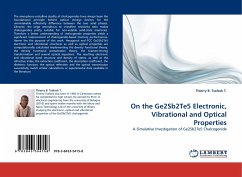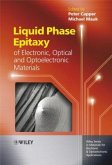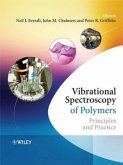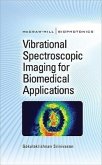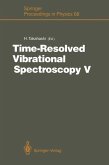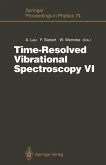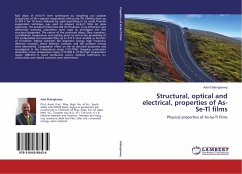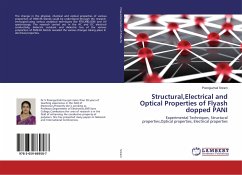The amorphous-cristalline duality of chalcogenides have always been the foundational principle behind optical storage devices for the unmistakable reflectivity difference between the two solid phases. Likewise, the large amorphous to cristalline resistivity ratio makes chalcogenides pretty suitable for non-volatile solid-state memories. Therefore a better understanding of chalcogenide properties yields a significant improvement of chalcogenide-based memory performances. Herein lies the purpose of this work. Hexagonal and FCC Ge2Sb2Te5 electronic and vibrational structures as well as optical properties are computationally calculated implementing the density functional theory, the density functional perturbation theory, the kramers-Kronig transformation and several optical equations. The resulting electronic and vibrational band structure and density of states, as well as the refractive index, the extinction coefficient, the absorption coefficient, the dielectric function, the optical reflection and the optical transmission successfully match similar calculations or experimental data available in the literature.

